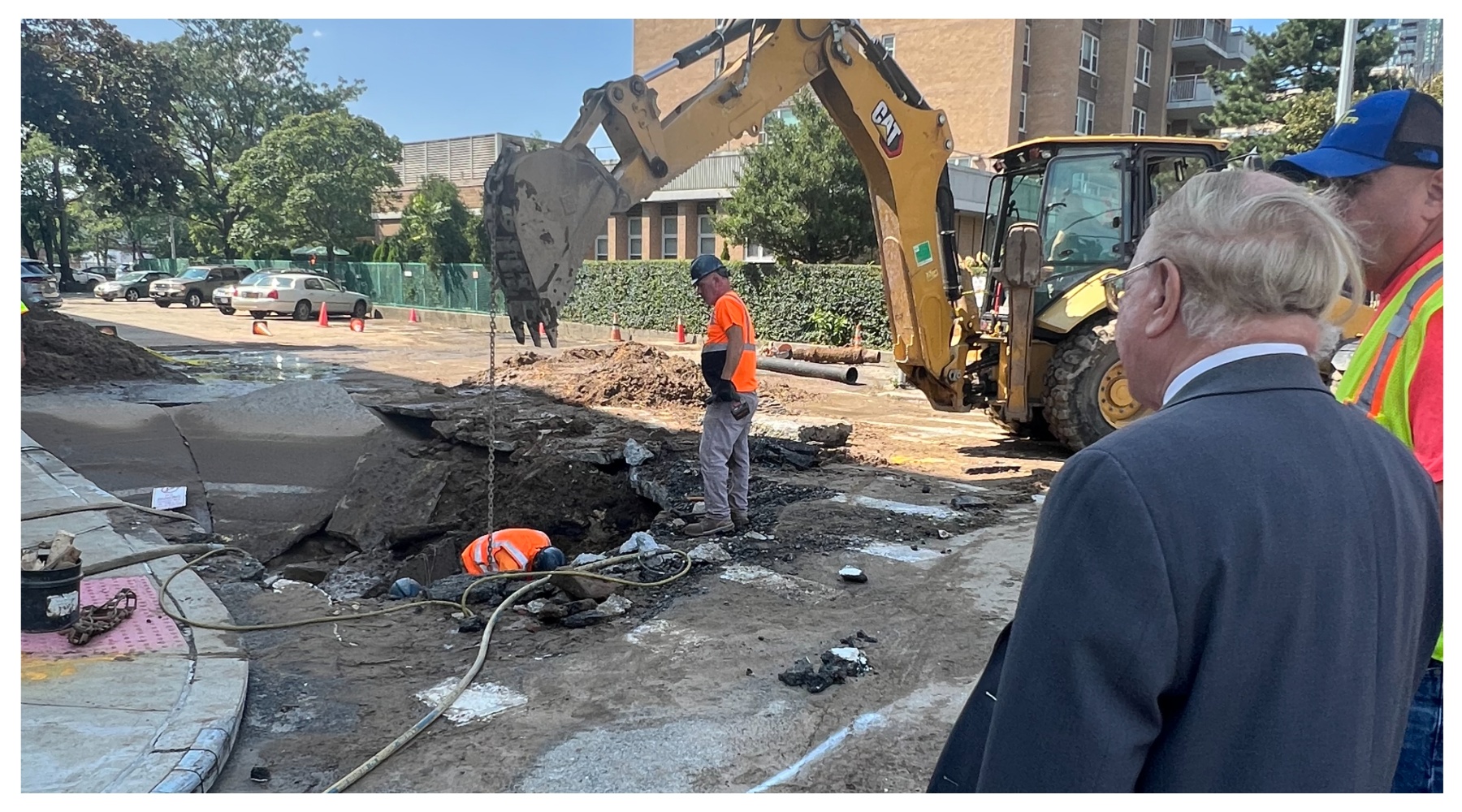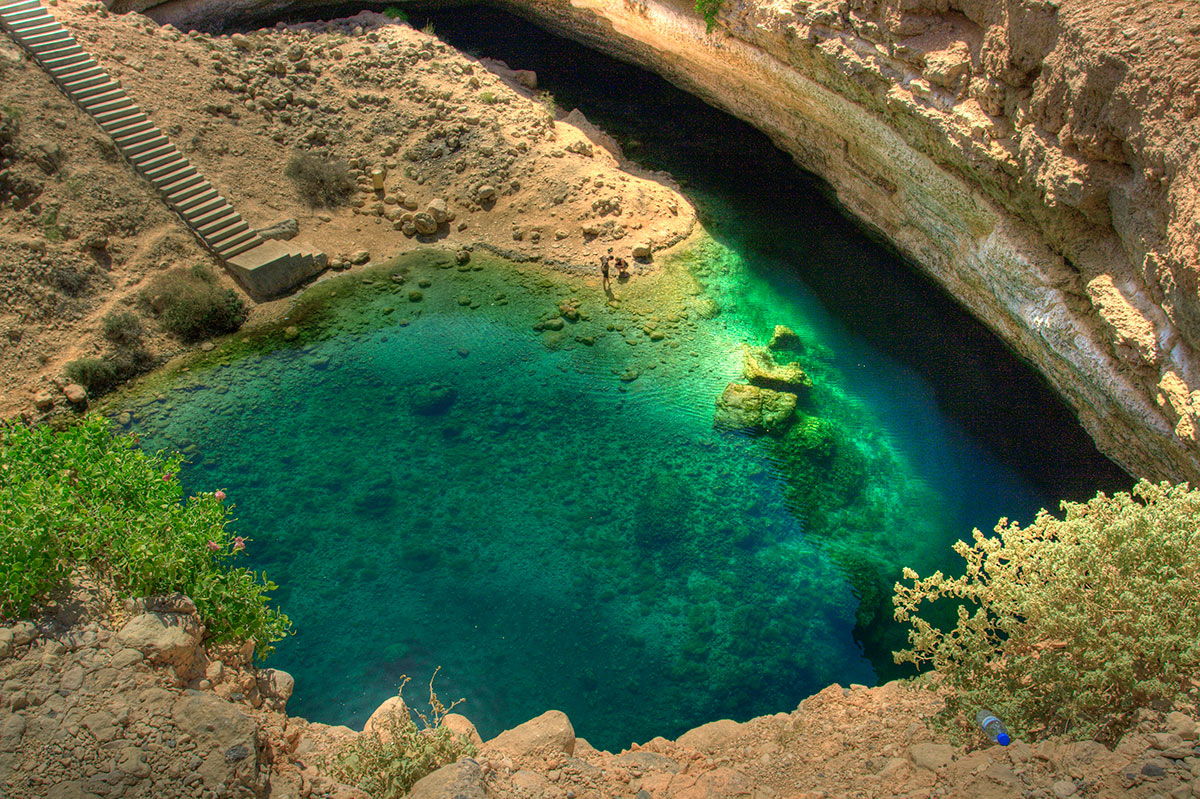The term is sometimes used to refer to doline , enclosed depressions that are also. When sinkholes are blocked and form ponds, they support unique wetland communities A sinkhole is a depression in the ground that has no natural external surface drainage
Sinkhole on Florida Beach Results in Tragedy - South Florida Media
Basically, this means that when it rains, all of the water stays inside the sinkhole and typically drains into.
A sinkhole is a hole in the ground that forms when water dissolves surface rock
This sinkhole sits in the yucatan peninsula in mexico Natural sinkholes in limestone, like this one,. Sinkholes are sudden depressions or holes that appear on the earth’s surface when the ground collapses These phenomena can cause significant damage to infrastructure and.
Sinkholes are enclosed depressions commonly formed by the subsurface dissolution of soluble rocks and/or the downward displacement of materials These processes can lead to ground. A sinkhole is a depression or hole in the ground caused by the collapse of a surface layer, often due to the dissolution of underlying soluble rock such as limestone,. Sinkhole, topographic depression formed when underlying limestone bedrock is dissolved by groundwater

As the name suggests, sinkholes involve land sinking, causing holes on the ground
These depressions or voids form when water erodes an underlying rock layer, particularly in cases. Sinkholes are pits in the ground that occur in areas where water collects without external drainage Essentially, a sinkhole is any hole in the ground formed by erosion and the drainage. The term is sometimes used to refer to doline , enclosed depressions that are also known.
Sinkholes (also called dolines) are depressed or collapsed areas formed by dissolution of carbonate bedrock or collapse of underlying caves The surface expression of a. Sinkholes, just like the caves beneath them, are common in regions with karst geology



